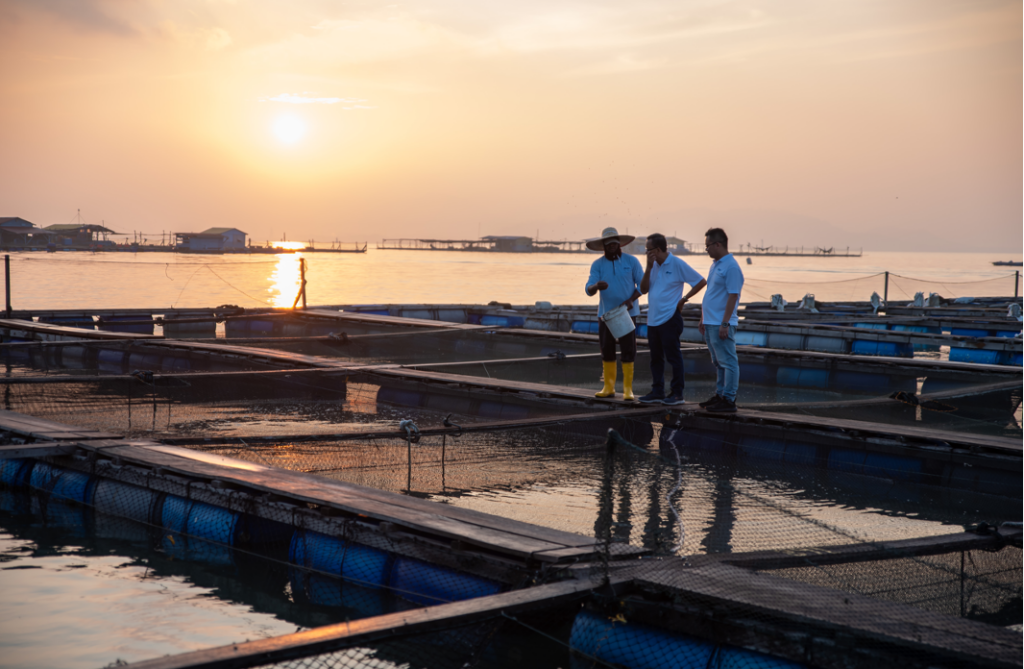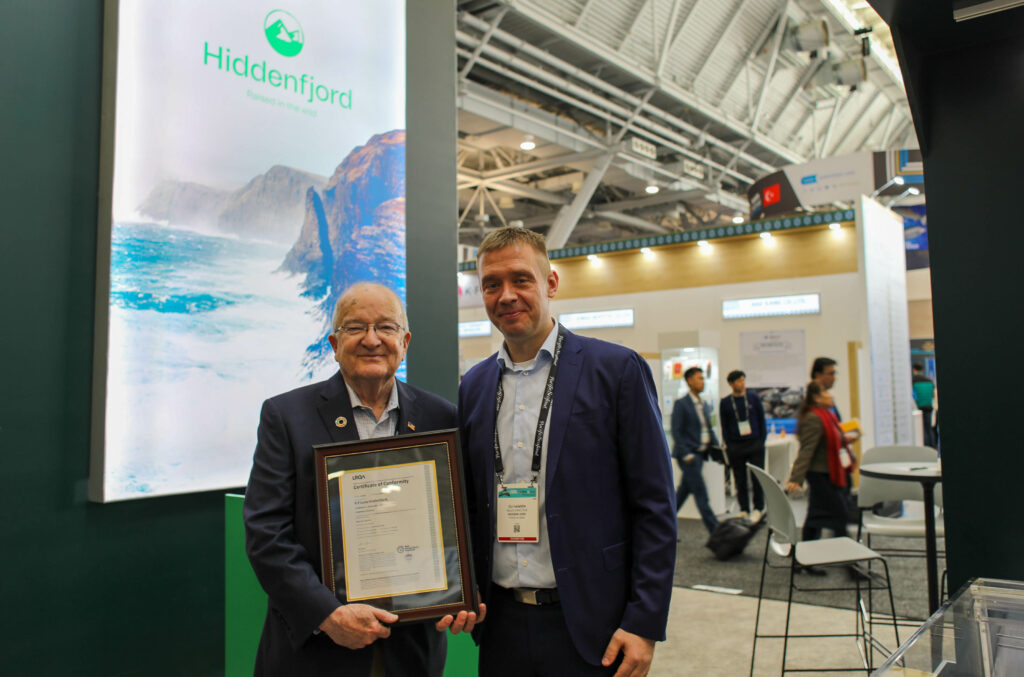BAP Launches Redesigned Website
As part of a rebranding campaign, the Global Aquaculture Alliance on Oct. 16 launched a redesigned Best Aquaculture Practices (BAP) website. The refreshed BAP site is more consumer-facing, peppered with messaging that better explains the depth and comprehensiveness of the industry-leading third-party aquaculture certification program.
The new BAP site is anchored by the new BAP logo, unveiled on July 25 as the first step in a multi-step rebranding campaign that’s officially being rolled out this month with the launch of the redesigned BAP site. The rebranding campaign acknowledges the BAP program’s journey from an industry-facing solution to a publicly recognized brand.
Among the features of the new BAP site is a marketing toolkit containing assets for retailers, foodservice operators and consumers, encouraging consistent messaging about the BAP program. The new BAP site also contains a new “Where to Find” page with retail and foodservice endorser logos that are sortable by region and segment as well as a new “Our Logo” page with information about the new BAP logo.
“GAA’s Best Aquaculture Practice standards continue to evolve and it’s important our website moves with the times. The new improved site is part of our streamlining how anyone interested in the BAP program can easily find information and get certified,” said Andrew Mallison, CEO of Global Aquaculture Alliance.
Since its inception in 2002, BAP has evolved and grown tremendously. Through the end of June, there were 2,414 BAP-certified farms, processing plants, hatcheries and feed mills worldwide. Additionally, the BAP program has more than 150 retail and foodservice endorsers who have committed to source seafood from BAP-certified facilities.
About BAP
Administered by GAA, BAP is the world’s most comprehensive third-party aquaculture certification program, with standards encompassing environmental responsibility, social responsibility, food safety, animal health and welfare, and traceability. The BAP program covers the entire aquaculture production chain — processing plants, hatcheries, farms and feed mills. Additionally, the program is compliant with the Global Food Safety Initiative (GFSI), Global Social Compliance Programme (GSCP) and Global Sustainable Seafood Initiative (GSSI).




